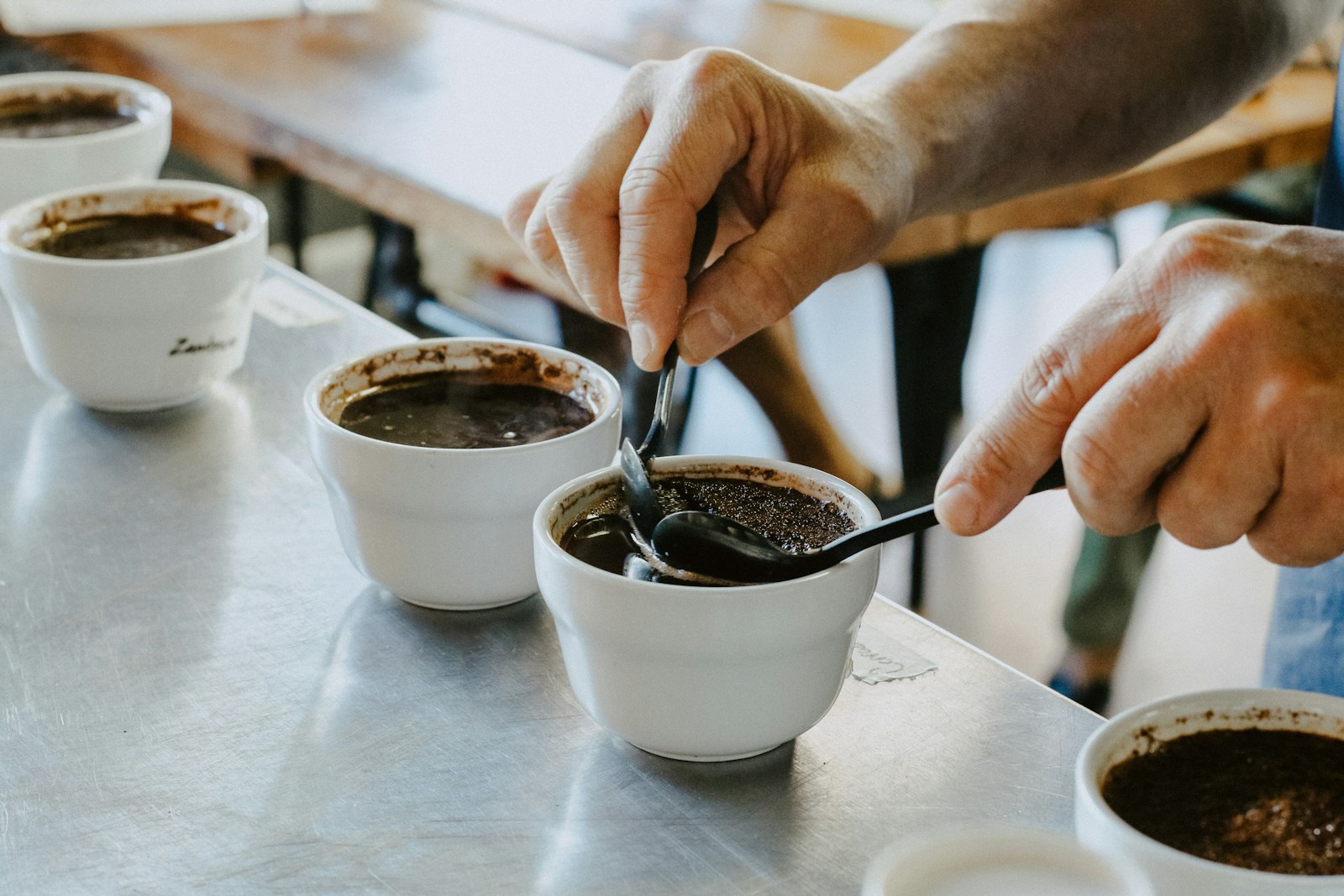Coffee isn’t just a morning pick-me-up; it’s a complex beverage with many flavors and aromas. Professional coffee tasters and Q Graders use specific techniques to evaluate coffee quality and characteristics. While you might not become a certified coffee taster overnight, you can certainly elevate your coffee-drinking experience by adopting some of their methods. Here’s how to taste coffee like a professional:
1. Start with the Right Setup
– Use clean equipment and fresh, properly ground coffee.
– Brew the coffee according to industry standards for cupping (usually a ratio of 8.25g coffee to 150 ml. water).
– Prepare multiple samples if you’re comparing different coffees.
2. Observe the Aroma
Before you taste, use your nose. Professional tasters spend a significant amount of time smelling the coffee:
– Smell the dry grounds before brewing.
– After brewing, break the crust (the layer of grounds floating on top) with a spoon and inhale the released aromas.
– Note any fragrances: Is it fruity, nutty, chocolatey, or floral?
3. Slurp, Don’t Sip
This might sound impolite, but there’s a reason professionals slurp:
– Take a spoonful of coffee and slurp it loudly.
– This spreads the coffee across your palate and introduces oxygen, enhancing the flavors.
4. Let It Coat Your Mouth
Allow the coffee to touch all parts of your tongue and mouth:
– Different areas of your tongue perceive different tastes.
– This helps you get a complete flavor profile of the coffee.
5. Consider the Body
Assess the coffee’s weight and texture in your mouth:
– Is it light and tea-like, or heavy and creamy?
– Does it feel smooth, oily, or grainy?
6. Identify Flavors
Try to pick out specific taste notes:
– Common flavors include fruity (berries, citrus), nutty, chocolatey, caramel, and earthy.
– Don’t be afraid to get specific – is it more like milk chocolate or dark chocolate?
7. Evaluate Acidity
Acidity in coffee refers to a bright, tangy quality:
– Is there a sharpness or brightness to the coffee?
– Does it remind you of certain fruits (e.g., apple, grape, lemon)?
8. Detect Sweetness
Good coffee often has a natural sweetness:
– Can you detect any sweet notes?
– Does it remind you of sugar, honey, or caramel?
9. Assess the Finish
Pay attention to the aftertaste:
– How long does the flavor linger?
– Does the taste change over time?
10. Take Notes
Keep a coffee journal to record your observations:
– Write down your impressions of aroma, flavor, body, acidity, and finish.
– Use a flavor wheel as a reference for describing tastes and aromas.
11. Practice Regularly
Developing your palate takes time and experience:
– Taste different types of coffee regularly.
– Try coffees from various regions and processing methods.
– Participate in cupping sessions if available in your area.
12. Professional tasters try to remain neutral:
– Avoid letting personal preferences cloud your judgment.
– Be open to flavors and characteristics you might not typically enjoy.
Remember, the goal is to describe the coffee objectively, not just decide if you like it. With practice, you’ll develop a more refined palate and a deeper appreciation for its complexities. Happy tasting!
